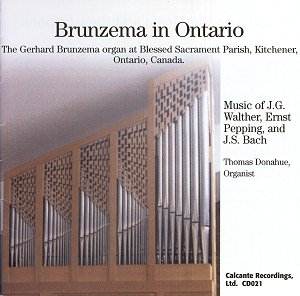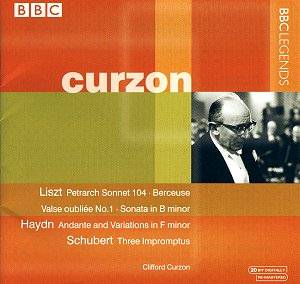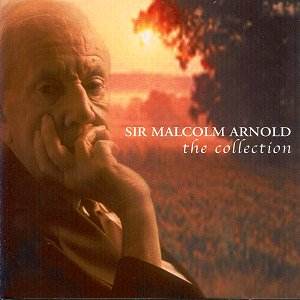 Composer: Various
Composer: Various
Works: PACHELBEL: Two Chorale Preludes on ‘Vom Himmel Hoch’; BUXTEHUDE: Magnificat Primi Toni; J. S. BACH: Four Chorale Preludes (Organbuchlein); J. E. WEST: Fantasy on Two Well-Known Christmas Carols; MULET: Noël; d’AQUIN: Noël Suisse; R. FROST: Variations on David Marden’s “Nicola”; GORDON PHILLIPS: Two Carol Preludes; HANDEL arr. FROST: Pastoral Symphony; GARTH EDMUNDSON: Toccata, ‘Vom Himmel Hoch’.
Performers: Ronald Frost, organ
Recording: St. Ann’s Church, Manchester
Label: Dunelm Records DRD0185
In this delightful collection, Ronald Frost presents a well-curated program of organ music that celebrates the festive spirit of Christmas through a blend of German, French, American, and English works. This volume is the sixth in a series from Dunelm Records, showcasing Frost’s adeptness at the organ and his commitment to highlighting both well-known and lesser-known compositions. The selection encapsulates the essence of the season, offering listeners a rich tapestry of sound and sentiment that resonates with both historical and contemporary significance.
Frost’s performance of Pachelbel’s Two Chorale Preludes on ‘Vom Himmel Hoch’ sets an appropriately reverent tone, showcasing not only the beauty of the melodies but also the intricate counterpoint that Pachelbel so masterfully weaves. The fluidity of Frost’s phrasing allows for the chorale lines to emerge clearly, while the pedal work underlines the harmonic foundation with a clean, resonant depth. Buxtehude’s Magnificat Primi Toni is delivered with a robust vitality that reflects its liturgical origins, the vibrant registrations expertly chosen to evoke the grandeur of a Baroque church setting. Frost’s ability to navigate the contrasting sections, particularly the jubilant chorus and the contemplative verses, reveals a deep understanding of the work’s structural architecture.
The inclusion of J. S. Bach’s Four Chorale Preludes (Organbuchlein) further emphasizes Frost’s interpretative prowess. Here, he demonstrates a keen sense of the chorale’s inherent spirituality, particularly in “Ich ruf zu dir, Herr Jesu Christ.” His use of registration enhances the introspective nature of the music, creating an atmosphere conducive to reflection. The technical demands of these pieces are met with precision, and Frost’s articulation is both clear and expressive, allowing for the intricate counterpoint to unfold naturally.
The more contemporary selections, such as Ronald Frost’s own Variations on David Marden’s “Nicola,” introduce a refreshing astringency that stands in contrast to the earlier works. These variations are inventive yet concise, revealing Frost’s compositional voice while paying homage to traditional forms. The lightness of touch in the opening variation is particularly effective, creating a buoyant spirit that invites engagement. Similarly, the arrangements by Gordon Phillips and the handling of the carols are executed with a simplicity that underscores their charm, making them accessible yet artistically satisfying.
The recording quality deserves particular mention; captured in the resonant space of St. Ann’s Church, the sound is rich and full-bodied without sacrificing clarity. The engineering balances the organ’s considerable power with the subtleties of phrasing, ensuring that both vigorous passages and delicate nuances are equally represented. This attention to acoustic detail enhances the listening experience, allowing the audience to appreciate the full spectrum of the instrument’s capabilities.
Comparatively, while many recordings of similar repertoire exist, Frost’s interpretation stands out for its thoughtful arrangements and attention to the idiomatic characteristics of the organ. His nuanced approach to each piece infuses the program with a sense of continuity and cohesion, drawing the listener into a compelling narrative that celebrates the seasonal spirit.
Ronald Frost’s Volume 3 of Music for Organ is a commendable addition to the repertoire, offering an engaging mix of traditional and contemporary works that reflect the beauty and diversity of organ music. The skillful interpretations, combined with the excellent sound quality, make this collection not just a seasonal delight but a substantial contribution to the organ music canon, inviting repeated listening throughout the year.



